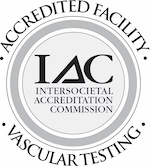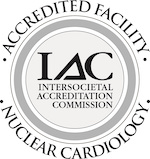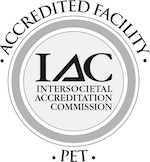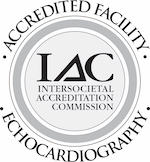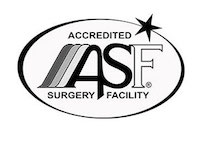Red Meat and Its Effects on the Heart
It’s a staple at virtually every American barbecue and get together – steak, burgers…red meat. In fact, Americans consume so much red meat that it is a contributory factor to the heart disease that we, collectively as a society, suffer from. But how exactly does red meat affect the heart and what do we need to do to help?

Red meat is very high in saturated fat. These are the bad fats that can eventually lead to heart disease. This is especially true for heavily marbled cuts. However, it is not only the composition of the red meat that matters, but it is also the portion sizes that we have become accustomed to. It’s rare to find a slab of meat weighing in at less than 8 ounces in a restaurant today. Be mindful that 3 to 4 ounces is a normal portion of protein. So even with the smallest steak on the menu, we are staring at double the amount of meat we should be eating.
This blast of saturated fat starts to increase our cholesterol. While cholesterol in and of itself – for example from healthy fats and shellfish – is not necessarily bad for us, the excess cholesterol circulating in the blood stream due to saturated fats and processed foods can be very damaging. Excess cholesterol in the blood stream can lead to the narrowing of arteries due to plaque buildup on the arterial walls. Known as atherosclerosis, this can lead to chest pain and compromised oxygen flow back to the heart. Eventually, this plaque buildup can lead to high blood pressure, forcing the heart to pump harder and faster to provide the body with the required oxygenation. Total blockage of the arteries can lead to a heart attack and persistent high blood pressure can weaken the heart muscle, eventually leading to congestive heart failure.
However, if caught early enough, we can manage these risk factors through diet and exercise improvements, or medication. In doing so we can prevent or delay significant surgical intervention such as stenting with balloon angioplasty or even a heart bypass known as CABG.
How Do I Get Started?
The key to a long-term change is starting slowly and incrementally. The first step is to look at red meat as a luxury, and not a staple. Then make sure you eat a proper portion of protein. This means something approximating the size of a deck of cards. If you are in a restaurant and are faced with a large slab of meat, cut away what you intend to eat and put the rest in a box to bring home. Or share it with someone else at your table. Often, you can get up to three proper meals out of one restaurant-sized steak.
Of course, there are many other dietary and lifestyle changes that you should make including increasing your daily exercise and eliminating other sources of saturated fats such as butter, whole fat dairy and more. You may even wish to follow the Mediterranean Diet which is a great way to lose weight, while also enjoying delicious, fresh foods.
If you have stubbornly high cholesterol or high blood pressure, now is the time to start treatment. Schedule a consultation with one of our cardiologists to learn more about the medical and surgical therapies available to you.

